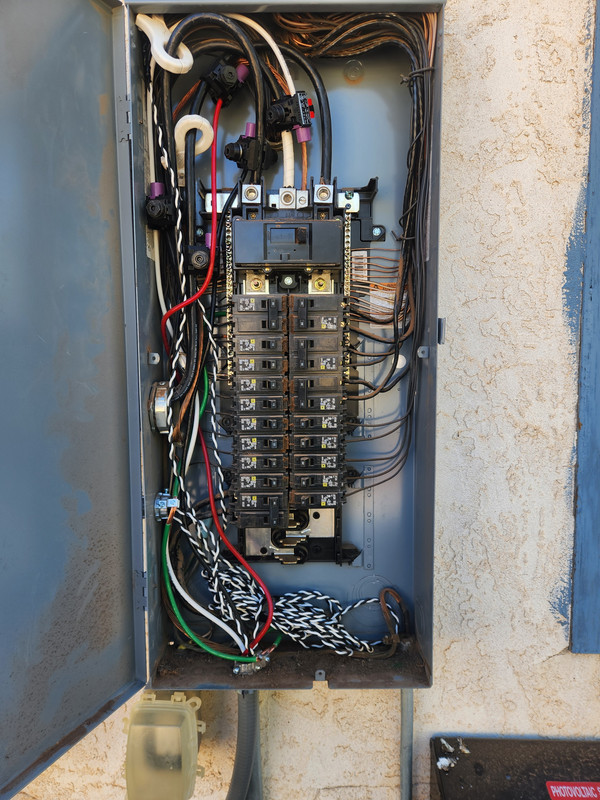Ok, I am having an issue with this particular installation because we have taps in front of our OCPD that are done in 6 awg wire tapping 4/0 Awg wires, my issue comes in on the fact that this service panel is pretty crowded already and the PV wires feeding the taps are intermixed with branch circuit and feeder circuit wiring, feeding from the bottom of the panel all the way to the top with a big slack loop. That to me is presenting a possible future hazard if for some reason the wires were to short out and burn then fuse to any of the other wiring inside the area it would cause more wires to be permanently energized without OCP and quickly snowball. Is this a legitimate concern to have in this case and others like this or am I reaching beyond the scope of the NEC to much? My thoughts are for any persons and structure to become jeopardized in the even of a failure.






